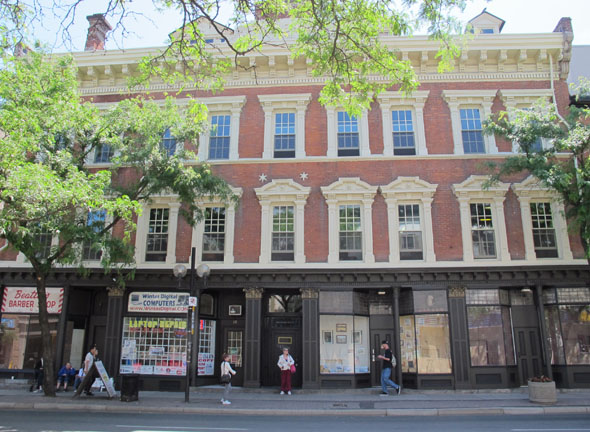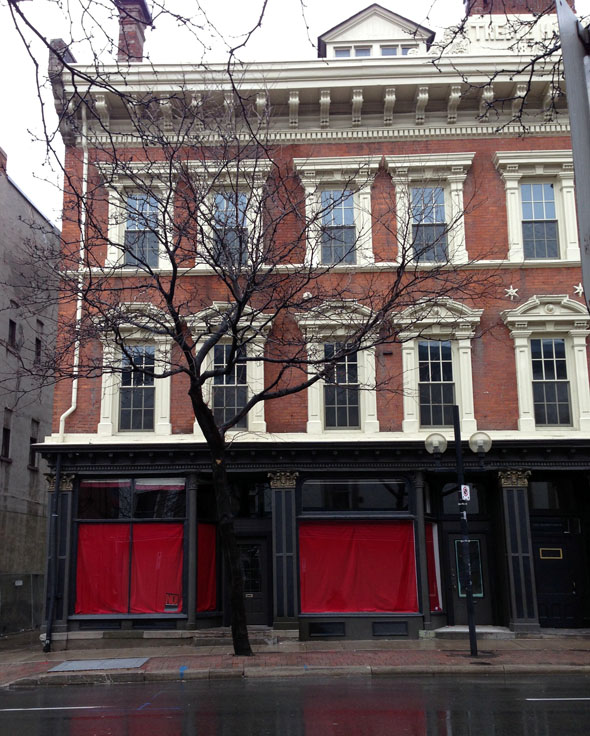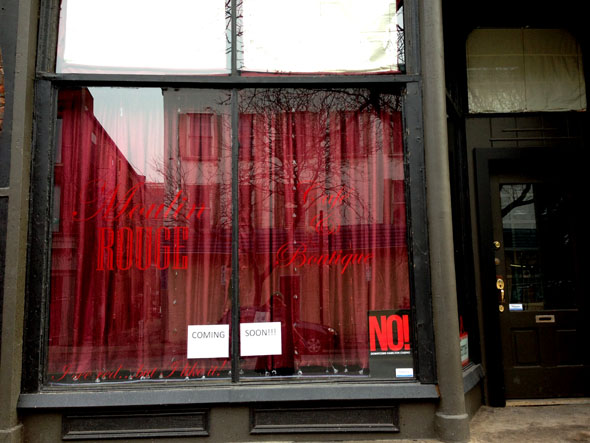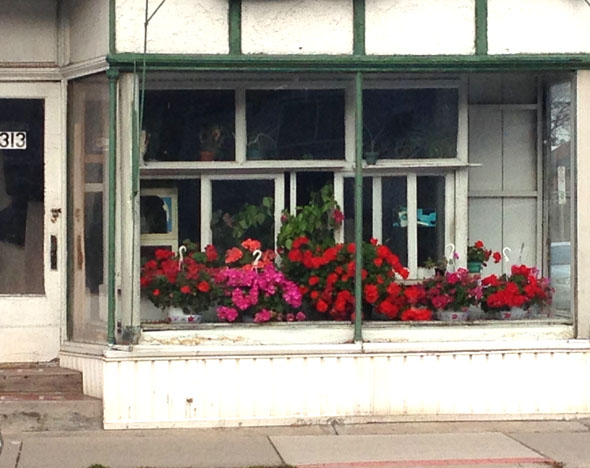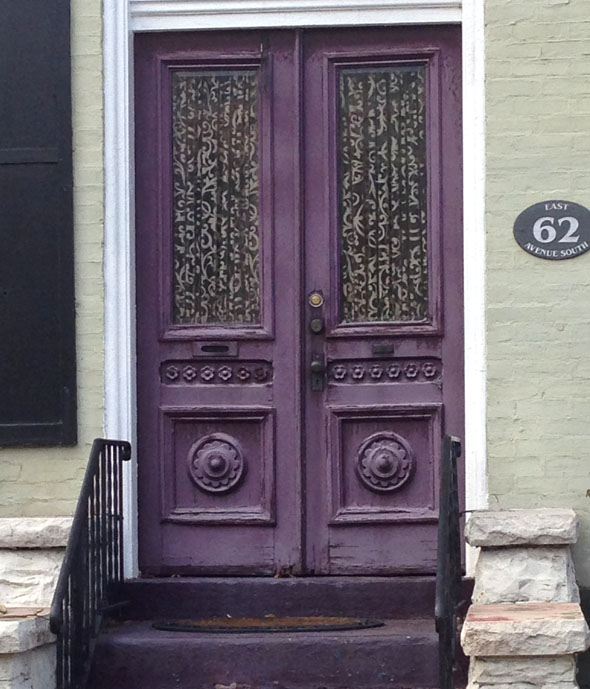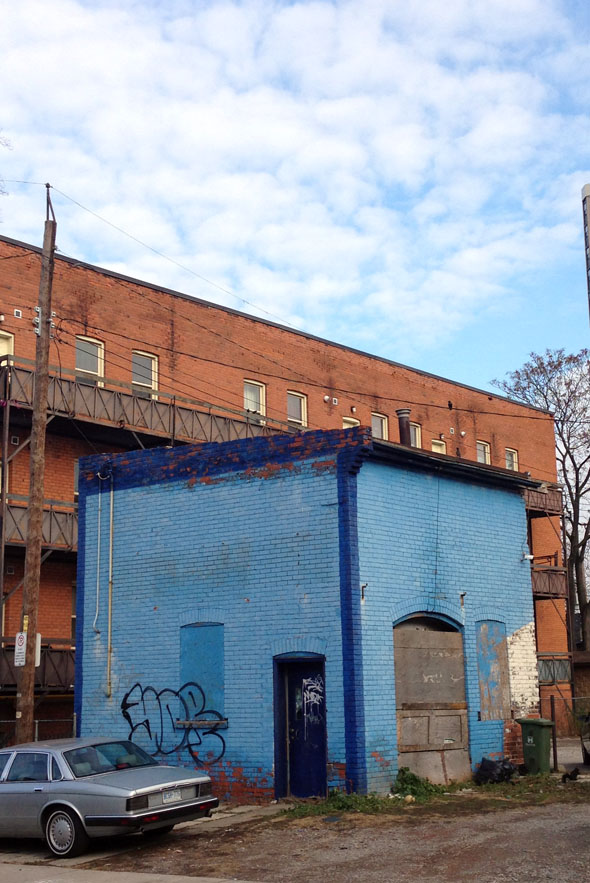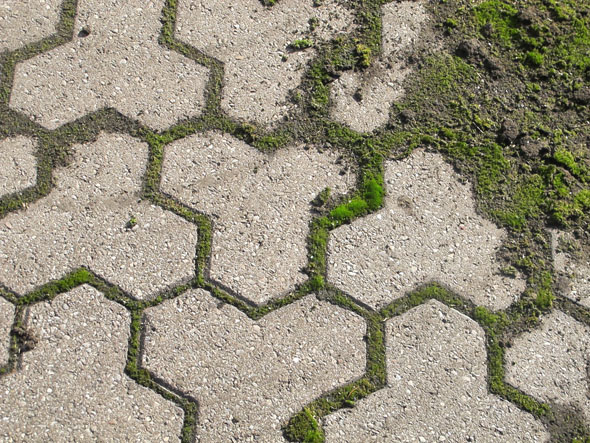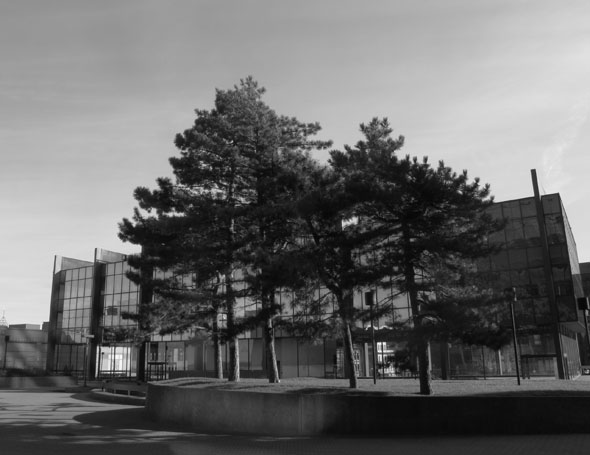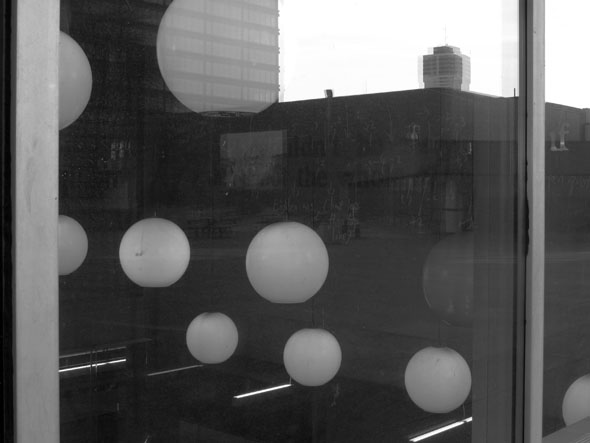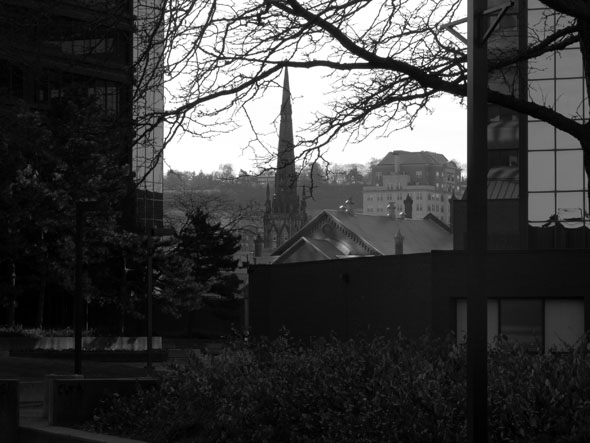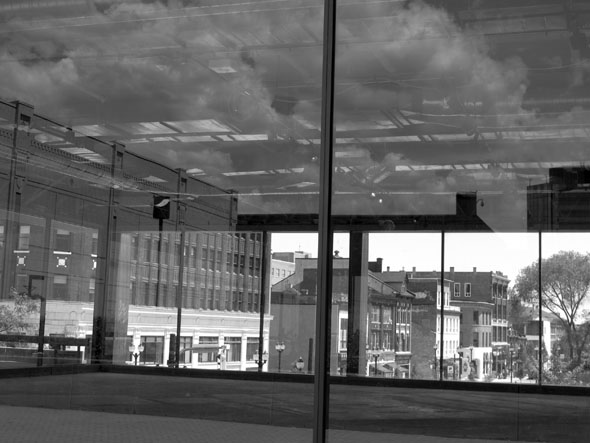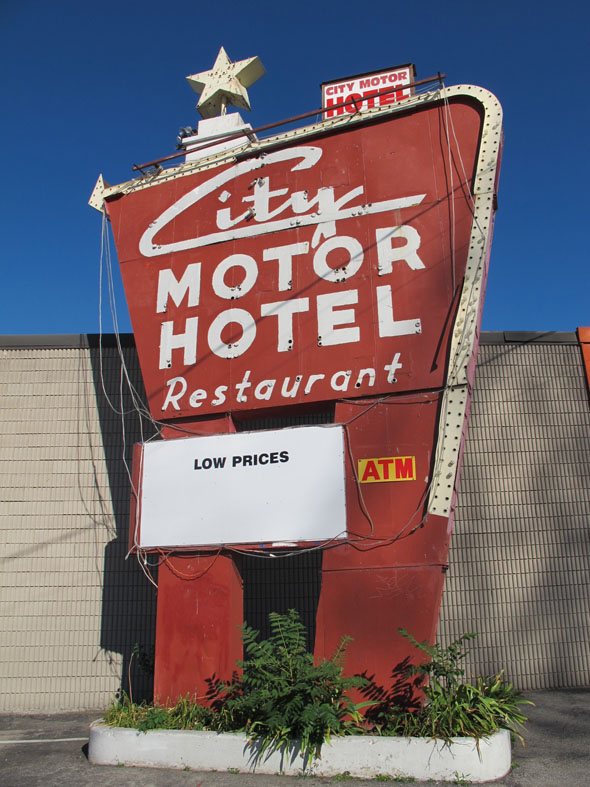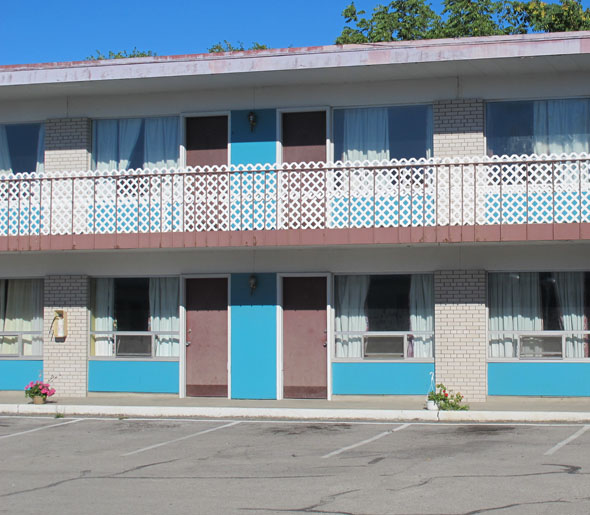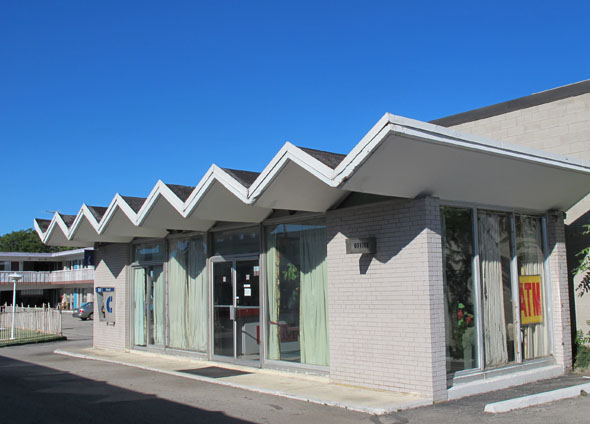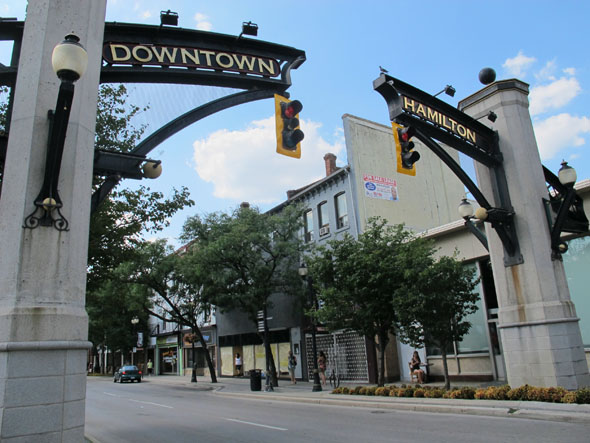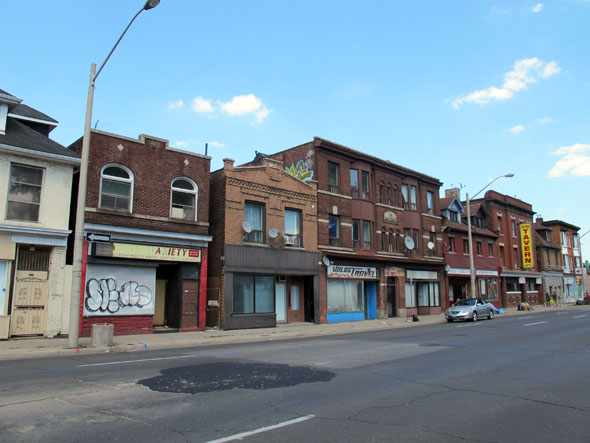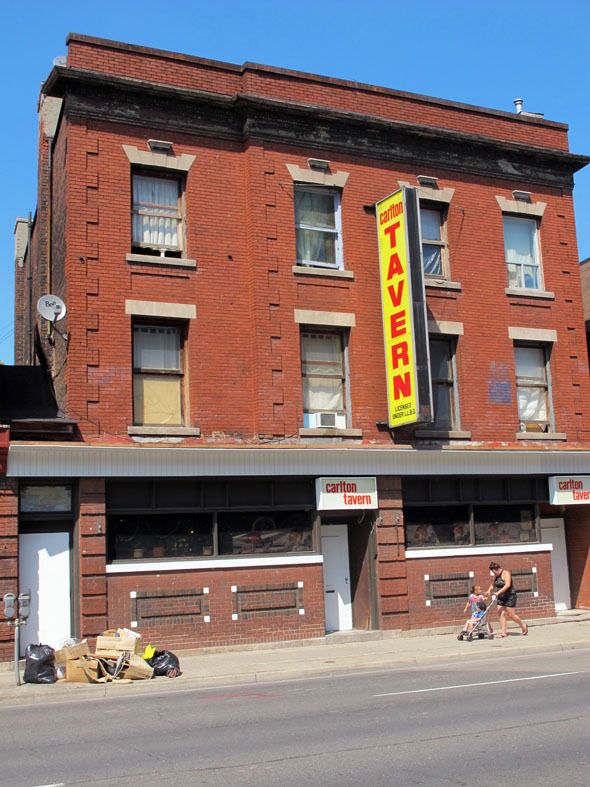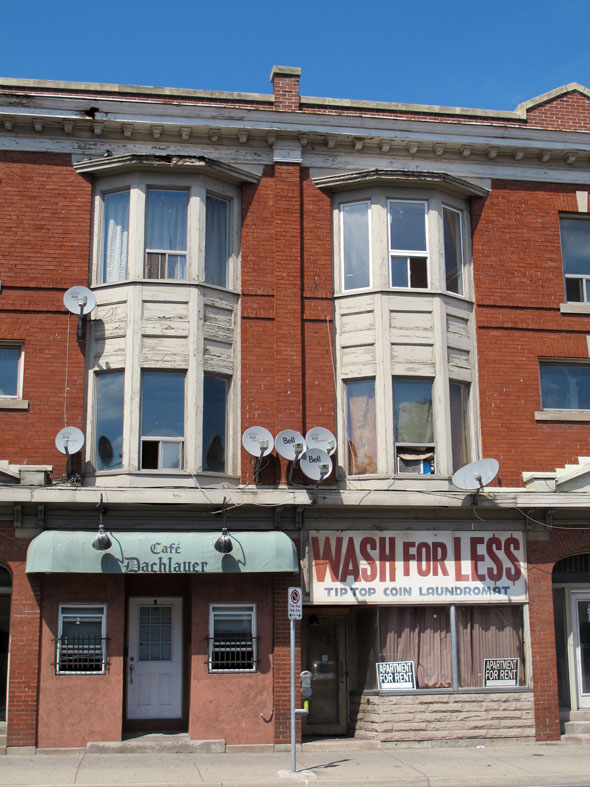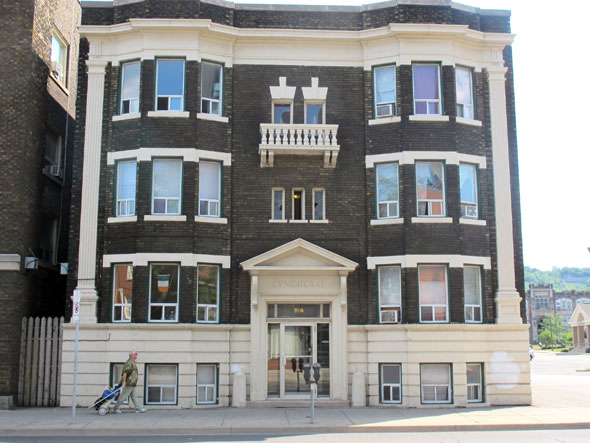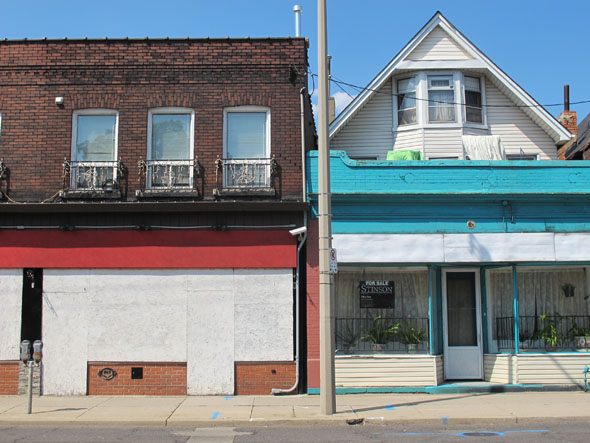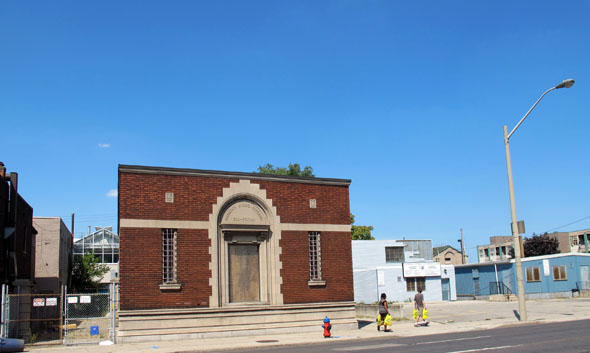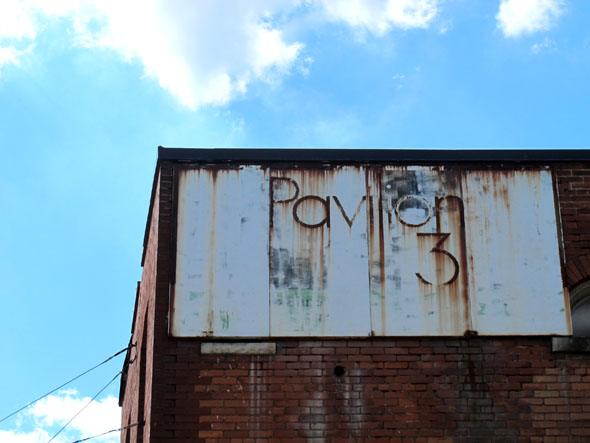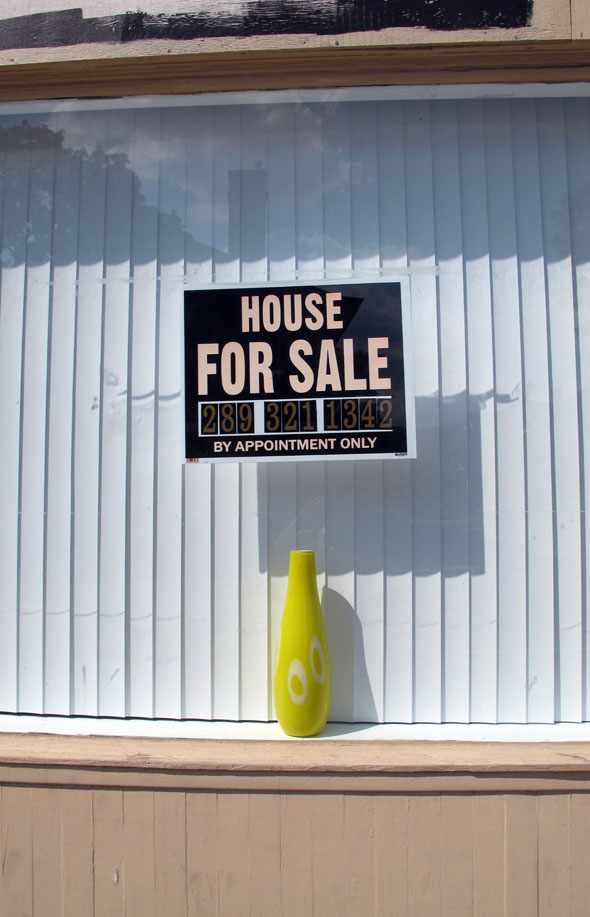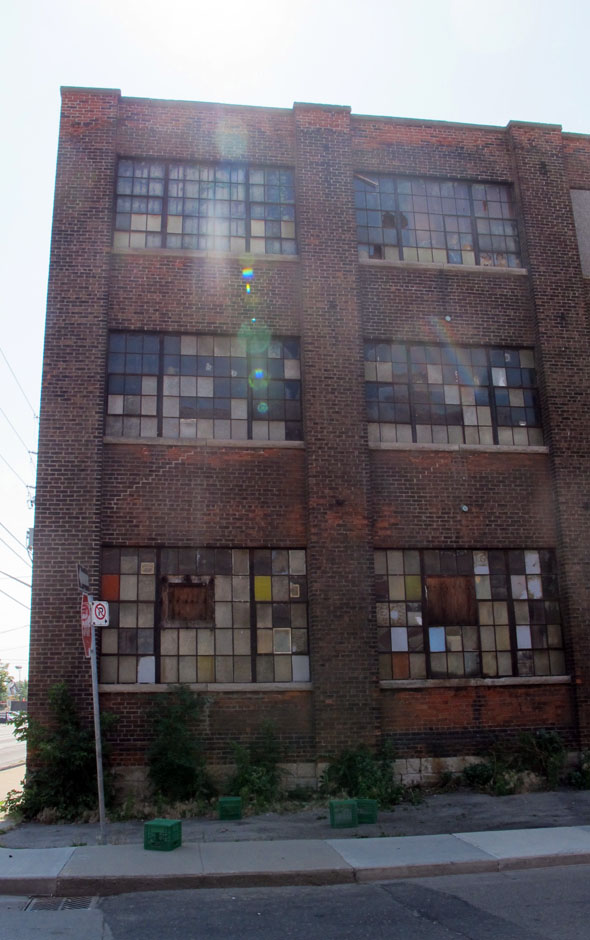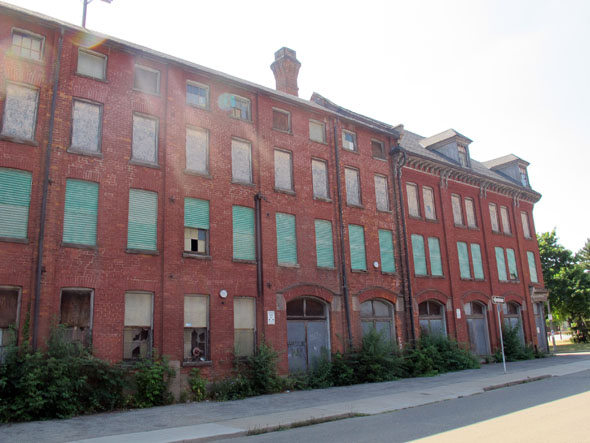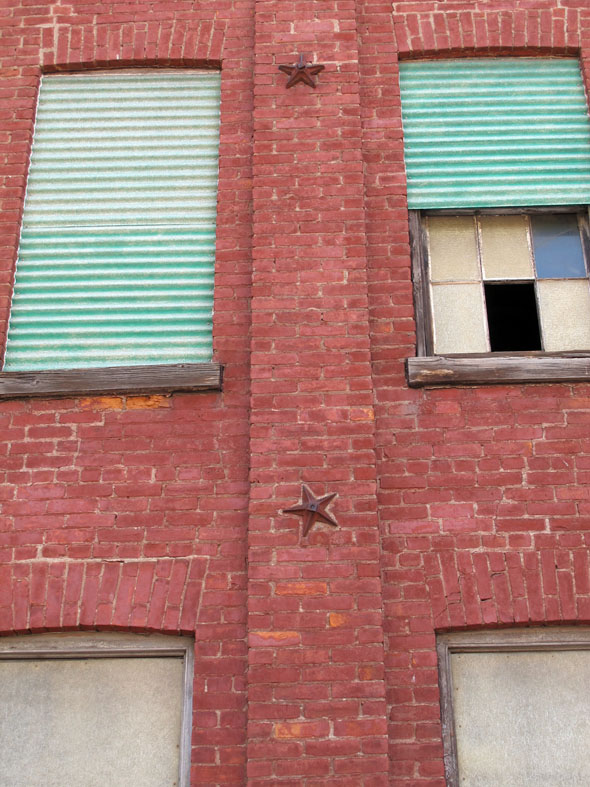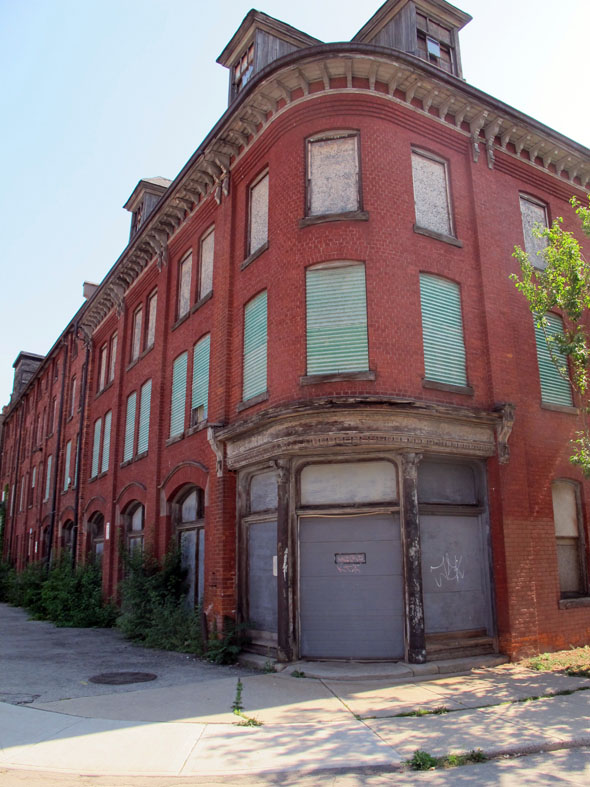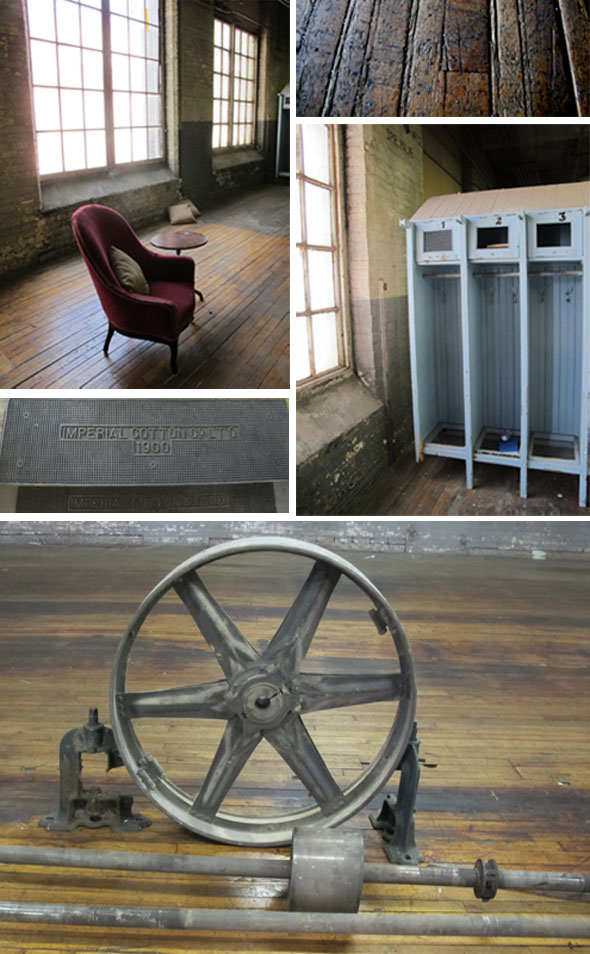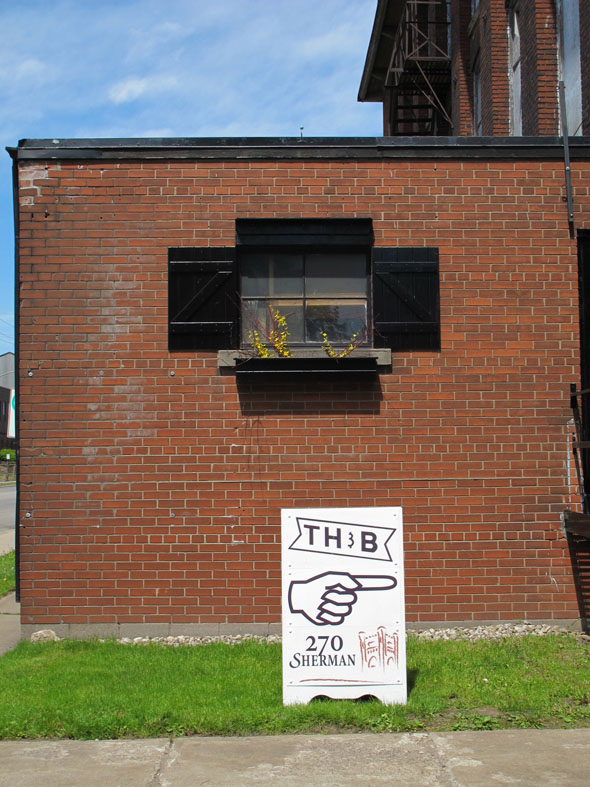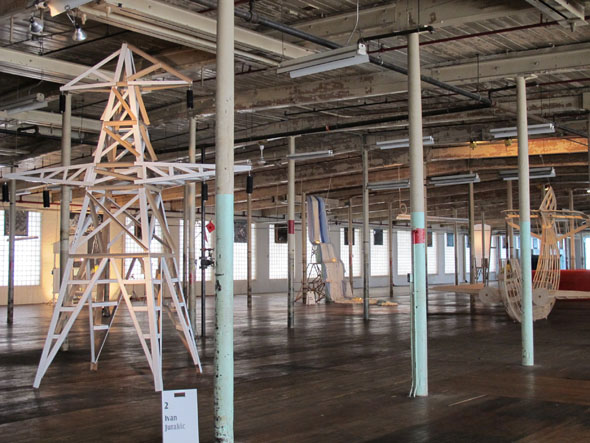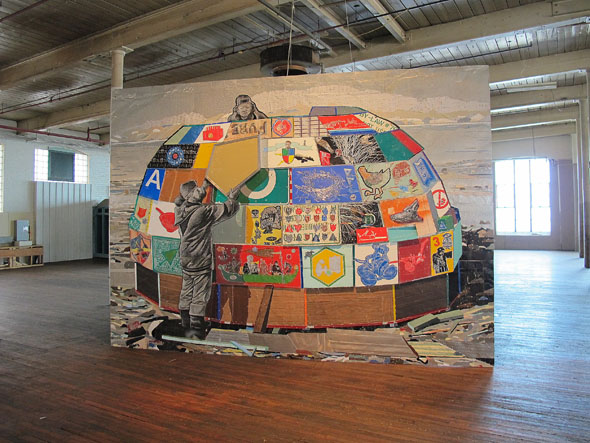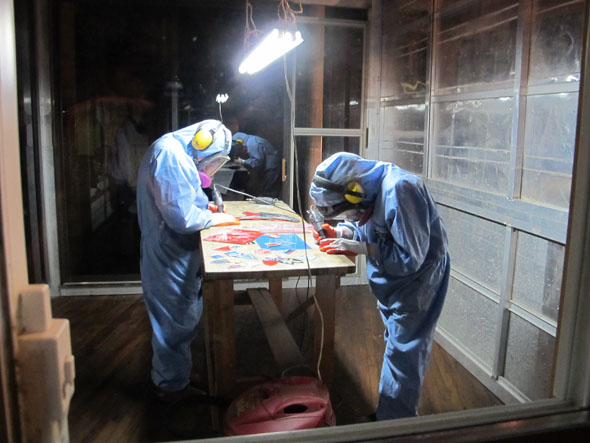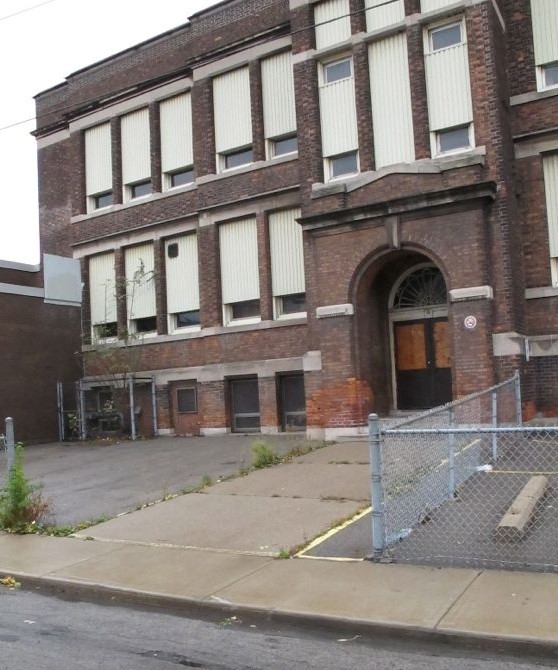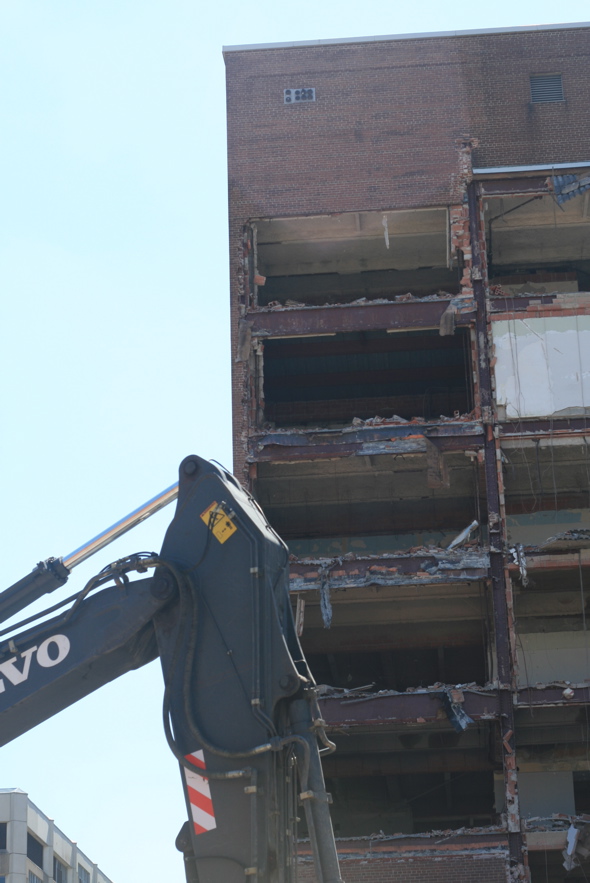One of the reasons I chose downtown Hamilton as the place I wanted to live was because of its urban setting and accessibility on foot or by bicycle to key places located in the downtown core.
Let’s face it, in southern Ontario there aren’t a lot of other city-living options besides Toronto, (the expensive and no longer affordable) where you can find a downtown core with beautiful surrounding neighbourhoods that make walkabiIity and living an affordable urban lifestyle possible.
I like living in a way where my life is not dependent exclusively on a car, and where most amenities like the library, market, local bakeries, cafés, restaurants and useful shops are no more than a 10- to 20-minute walk away. All of these factors contributed to our choosing Hamilton as the place where we wanted to live. Growing up in Burlington and knowing a life dependent on car living, and having lived carless in Toronto, I knew Hamilton would fit the bill as an affordable, exciting and new alternative to Toronto city-living.
I was hoping to find a job in Hamilton but to be safe we bought our little Victorian row-house near the GO station just in case I had to bite the bullet and do the Hamilton-to-Toronto commute. I did try out the commute, and although not the worst thing in the world, I did feel like I was part of the rat race, and it was a race that I didn’t want to be running in.
I remember being rushed by a crowd of what felt like thousands, and then being funnelled out of the turnstiles of Union Station and into the TTC subway station. And that was after having been abruptly woken up from a delirious and droolly early morning sleep-in on the train ride to work. I knew I just wouldn’t be happy being a commuter.
Luckily, within a month of our move I landed a job in the North End a 10-minute bike ride away from home.
Unlike when I was still living in Toronto and commuting to work 40 minutes just one way by bicycle, this new 10-minute bike ride was going to be more like a joy ride. Instead of battling through the busy downtown streets of Toronto, like I was used to, I was able to make my new morning commute in Hamilton a casual and enjoyable one. I took the side streets all the way down to the North End — even though I had to cross a few (OK, all) of Hamilton’s notorious busy one-ways.
I loved this commute and my new job and so it reconfirmed that our decision to move to Hamilton was a good one. I felt that my standard of living had increased by being able to bike or walk to work. Every day I biked home to eat lunch together with my work-from-home freelancing partner. On nice days we’d eat lunch in the back yard or meet at the market or Mulberry for a coffee. It was such a nice way to break up a 9-to-5 work day.
On my daily Hamilton commute, my favourite route to take to work was down Mary Street from King Street. In just the few short pedals it took me to get to work, the cityscape would change from the classic downtown buildings facades of King Street, through an industrial mix of old factories and houses, and finally to the distinctive North End residential neighbourhoods. I loved seeing the history of the city unfold as I passed through these diverse-cross sections of town.
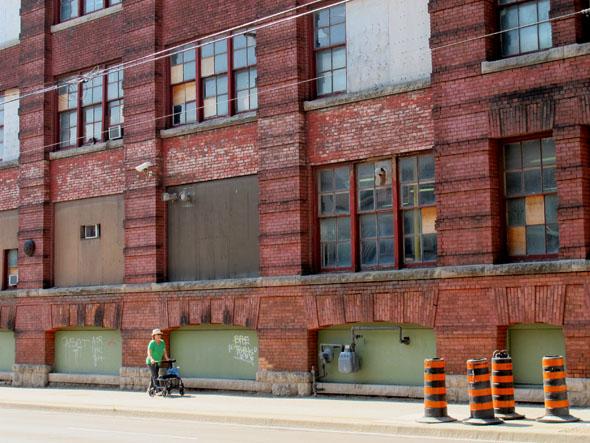
Good Sheperd at Cannon
While pedalling, I would imagine what I would do, if I had millions, to develop some of the vacant buildings that I noted on my ride to work. One of my favourites was the old Century Theatre. I loved that building and was heartbroken to see it torn down. I had dreamt of a day when it would be gloriously refurbished.
I was also in awe of the old Cannon Knitting Mills on Mary between Cannon and Wilson streets. What a building! I adored the wood curve of the corner window and always imagined a potential café or storefront on that south-west corner of the building looking out onto Beasley Park. I dreamt that artist studios might one day transform the space similar to the studio spaces that have opened in the old cotton mill factory of 270 Sherman. Or what if McMaster or Mohawk bought the space to develop a downtown campus focusing on the arts? It’s still sitting empty. There was a small glimmer of hope when the space was suggested to the Hamilton-Wentworth District School Board as an alternative relocation space to remain in the downtown core, but to no avail. I still have dreams of the potential future of that building. Maybe one day?
The following are a series of photos of the old Cannon Knitting Mills. I’ve heard that there are plans to redevelop them. Check out the link from The Mills, Innovation Exchange here. So exciting!!
The intersection of Mary and Cannon streets is an interesting part of town. The Good Shepherd on one corner; undeniable evidence of some of the needs present in Hamilton, with early morning lineups of people waiting to access the food bank. Kitty-corner from the Good Shepherd is the fabulous 157-year-old stone William Pring House, recently purchased by the Ritchies, who run the Hamilton Guest House. And of course the unforgettable old knitting factory standing vacant on the opposite street corner.
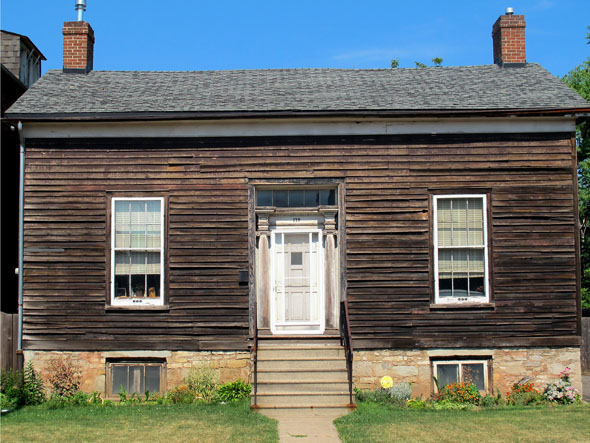
Pre confederation wood home on Mary St.

Stone Pring House at Mary & Cannon, new home of Hamilton Guest House
If you haven’t been by these neighbourhoods check them out. They are home to diverse urban landscapes and some of Hamilton’s oldest homes and buildings.
This post was originally printed in The Hamilton Spectator on Saturday, July 15th and can be found here.



